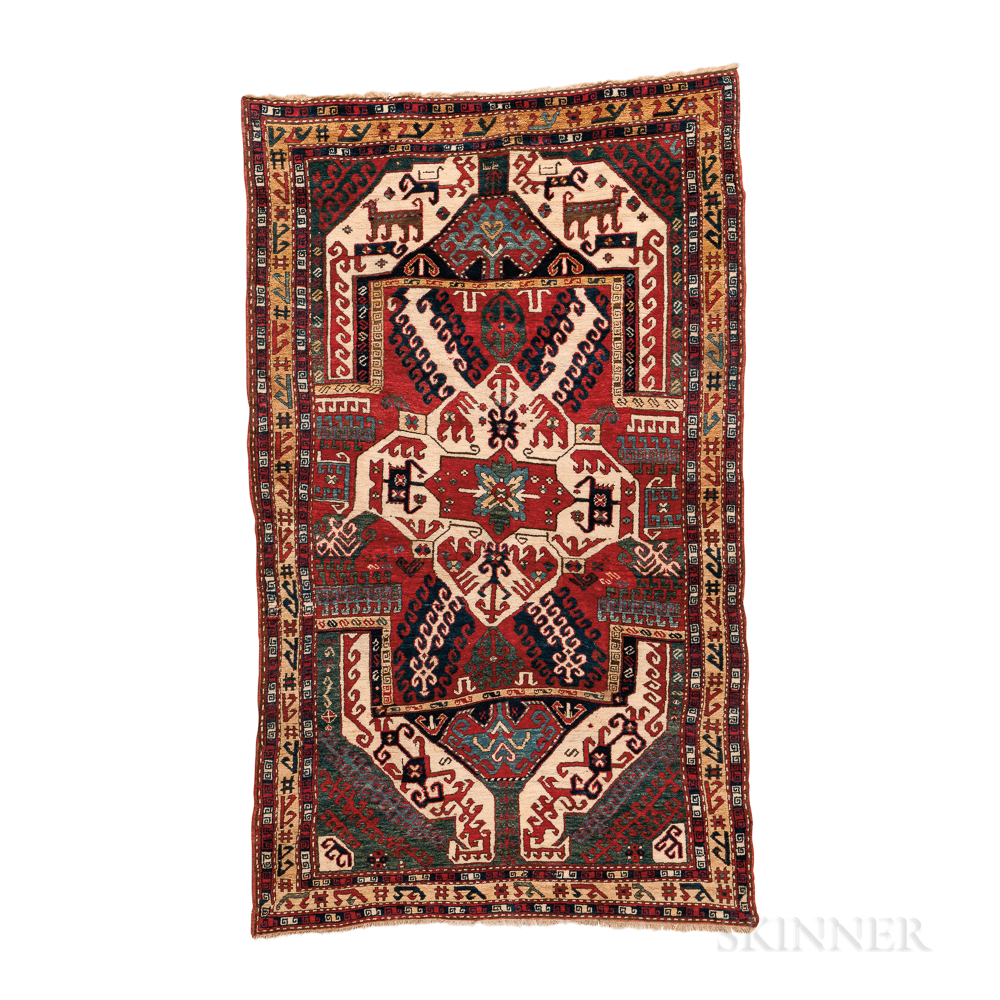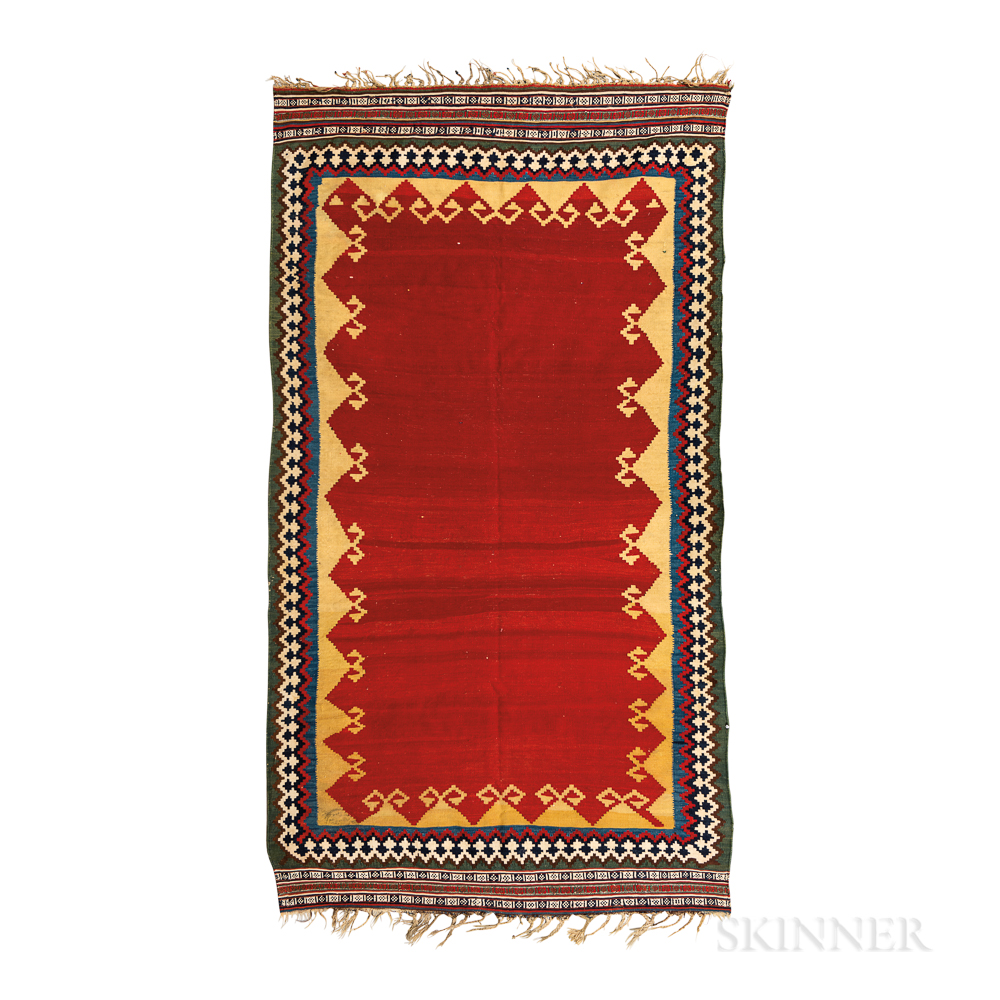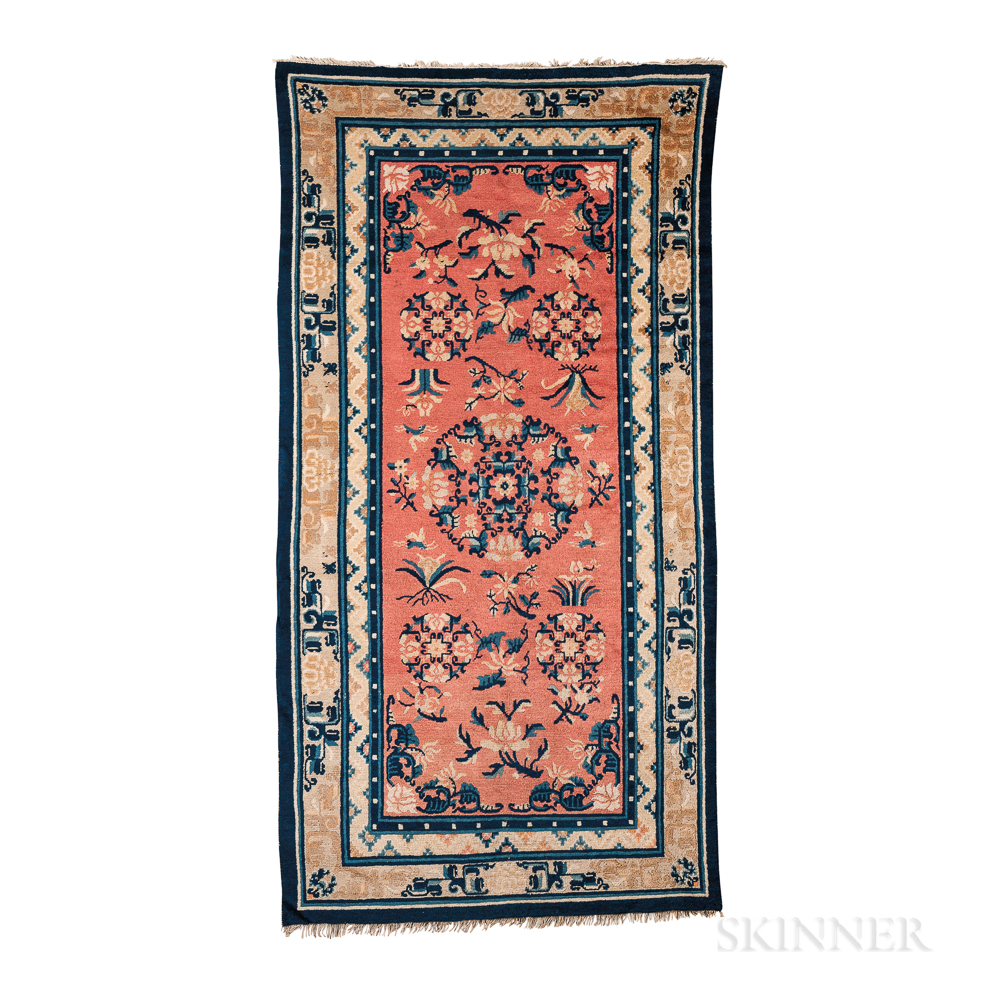The Don & Inge Cadle Collection
After a childhood in Denver, Colorado, Don Cadle attended Yale University in 1946, and after graduation, went on to Oxford University as a Rhodes Scholar, earning a doctorate in History in 1953. Then followed three years in the Army in West Germany, where he worked in military intelligence, and where he met and married Ingebord, his life partner and co-collector of rugs.
Following his Army service, Don and Inge moved back to the U.S., where Don worked for a number of Federal Agencies, including the Bureau of the Budget and the Department of Commerce, ending up as the CFO for NASA. Finally, after 25 years of public service, in 1978 Don started his own highly successful investment firm.
Don and Inge were the consummate partners when it came to rug collecting: Don contributed enthusiasm, a terrific eye, and financial wherewithal, while Inge, partly because of her expertise in needlework, did all the technical analysis and, of course, had her own passionate enthusiasms. Though they began their collecting life (as many of us do) with formal Persian rugs, they gradually found their attention drawn to the tribal and village rugs of Turkey, the Caucasus, Southwest Persia, and Central Asia. But above all, as Don put it, the two passions of his life were Chinese porcelain and Chinese rugs. Sadly, Don died in 1996, and the collection has been dormant ever since.
Skinner is honored to offer, unreserved, The Cadle Collection in the April 28 Fine Oriental Rugs & Carpets auction, and to celebrate Don and Inge Cadle’s erudition, engagement, and accomplishments as collectors.
A few highlights from the collection include:
Lot 126, Kasim Ushag Rug, Caucasus, c. 1850; Estimate $4,000-$5,000
Lot 126, Kasim Ushag Rug. Here we have the epitome of South Caucasian weaving — clear, saturated colors, an archaic design that is both ancient and aggressively up-to-date, made with lustrous wool. The Cadles were especially responsive to wool quality; that is, how long pile, lanolin-rich wool can impart a kind of inner light to some village rugs. That’s also why, in most cases, condition was so important to them: an antique rug in full pile is a different object than the same rug worn down to the knot-collars.
Lot 65, Qashqai Kilim, southwestern Iran, late 19th century; Estimate $2,000-$2,500
Lot 65, Qashqai Kilim. This empty-field flat-woven rug, probably an “eating cloth,” is a masterpiece of abstract art. Because the only “design” in the brilliant red field comes from the subtle changes in color saturation, our eyes are free to invent what we see — whether it’s a desert landscape, or ripples in a pond, or wave after wave of the cosmic void. And all of it surrounded by a generous, powerful yet playful, yellow latch-hook border. This is tribal weaving at its most inspired and inspiring.
Lot 38, Serapi Carpet, northwestern Iran, c. 1900; Estimate $5,000-$6,000
Lot 38, Serapi Carpet. Made approximately 120 years ago in Northwestern Iran, this carpet combines the best of the urban Persian workshop tradition with the best of village cottage industry carpet production. The workshop ideal to rug-making involves a coherent, “readable” design, made with the best materials (wool, dyes, etc.), and with a fine enough weave that the designer’s drawing can be accurately rendered. The strengths of the village rug-making aesthetic, which this carpet beautifully embodies, are all here: brilliant, unmuddy colors, a striking border, enough space between the design elements that they seem to float, and, as can be seen in the unresolved border corners, giving the weavers enough latitude that they are free to improvise.
Lot 94, Ningxia Rug, Western China, c. 1880; Estimate $1,500-$1,800
Lot 94, Ningxia Rug. This large, elegant rug — more like a small carpet, actually — as with most of the Cadle collection, is in very good condition, has wonderful color, and has a design that is pleasing, balanced, and easy to read. What is particularly noteworthy in this rug is the survival of the lovely apricot field-color, a color that is notoriously light-sensitive and subject to fading. But not here.
By Bonhams Skinner
Copyright © 1999 - 2025 Bonhams Skinner. All Rights Reserved.
- Arts Foundation of Cape Cod Assembles Artwork From Top Artists for Its Annual Deck the Walls Auction
- WINTER AUCTION OF JEWELRY & TREASURES COMES TO TURNER AUCTIONS + APPRAISALS ON DECEMBER 13
- Rafael Osona Holiday Auction Features Fine Art, Jewelry & Maritime Works
- Post-Auction Press Release, Americana Auction, October 1,2,3, 2025 at Pook & Pook
- TURNER AUCTIONS + APPRAISALS PRESENTS THE GLADYNE K. MITCHELL COLLECTION ESTATE ON JULY 19
- Celebrate American Heritage with Dana Auctions’ January 25 Antique and Vintage Quilt and Textile Auction
- Exciting Online Auction from Rafael Osona Auctions - Exceptional offerings across multiple categories
- DIAMONDS ARE FOREVER: FINE JEWELRY, DIAMONDS & MORE COME TO TURNER AUCTIONS + APPRAISALS
- TAKE TIME OUT TO VIEW SPORTS MEMORABILIA, COMING TO TURNER AUCTIONS + APPRAISALS ON AUGUST 17
- Rafael Osona Announces Two Day Auction, Aug 3 & 4, 2024 Americana, Fine Arts, Historic Nantucket, Décor ~ Saturday, August 3 The Marine Session ~ Sunday, August 4 Open for Bidding ~ 1000 Lots ~
-
Antique Toy Auction at Pook & Pook Inc, with Noel Barrett
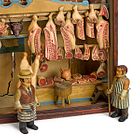
-
Sporting Immortality

-
The Collection of Mrs. John Gutfreund – Murray House, Villanova, Pennsylvania
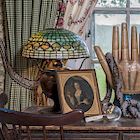
-
Leonora Carrington Oil Painting Sells for More Than Twice the Asking Price in the Latin American Art Auction Hosted by Morton Subastas in Mexico City
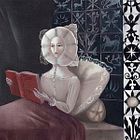
-
Peter Tillou Collection Highlights Litchfield Auctions’ 25th Anniversary




 EUR
EUR CAD
CAD AUD
AUD GBP
GBP MXN
MXN HKD
HKD CNY
CNY MYR
MYR SEK
SEK SGD
SGD CHF
CHF THB
THB
